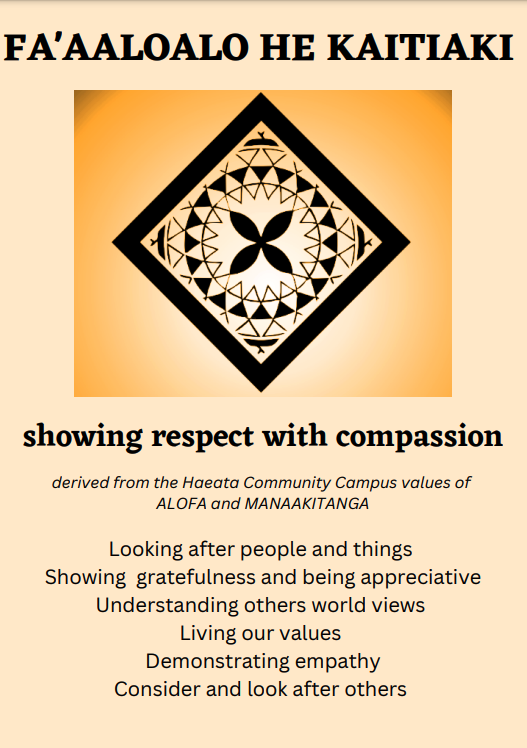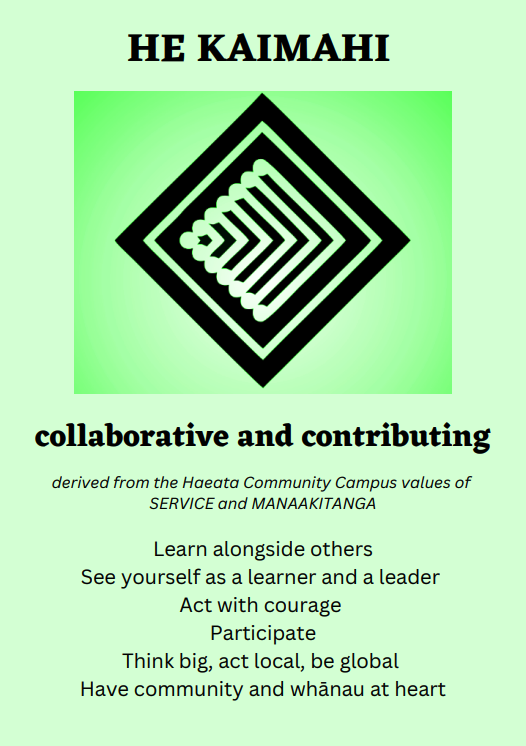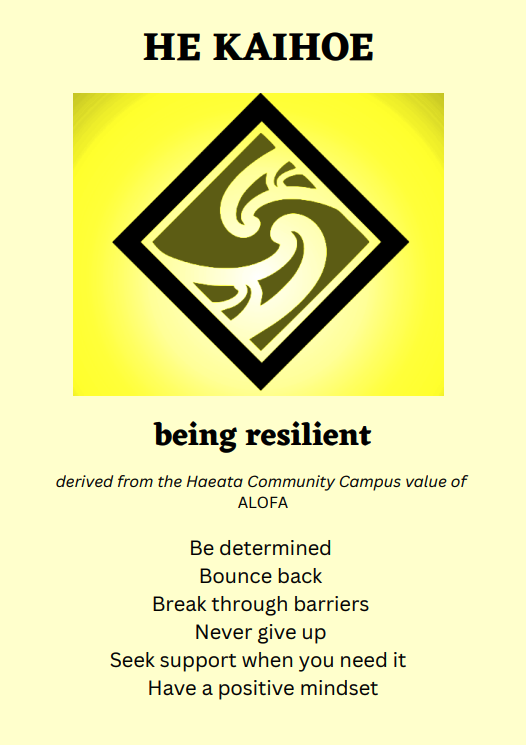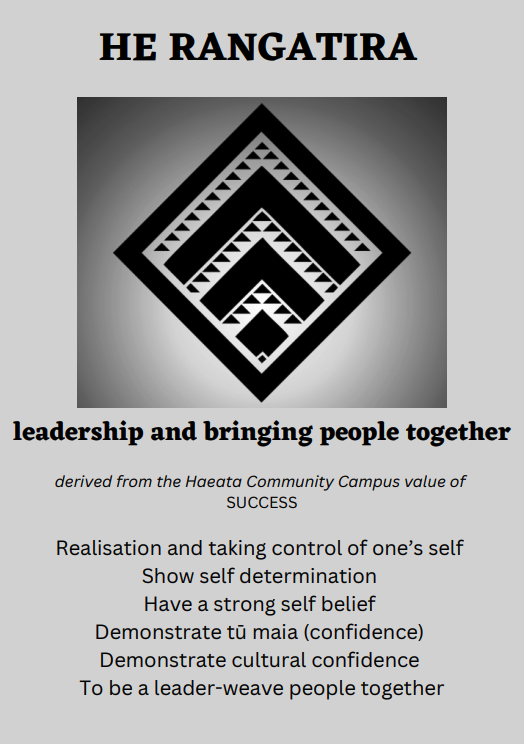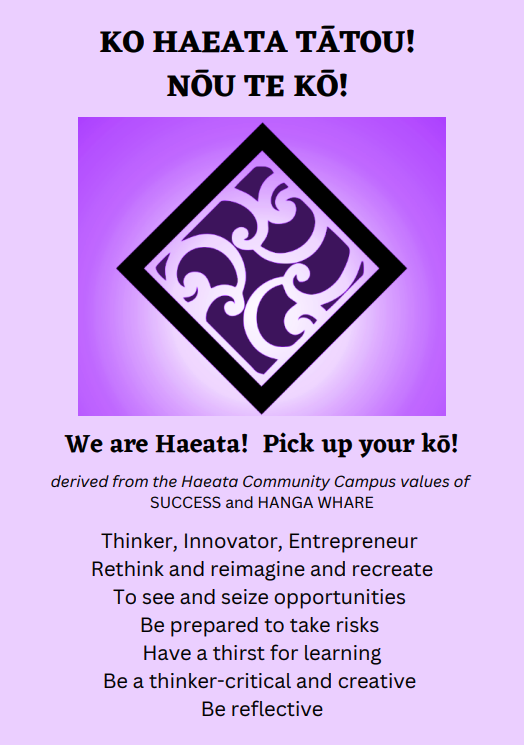Welcome to Haeata Community Campus
Cultural Narrative
The cultural narrative written by Ngai Tahu for the East of Christchurch is a central feature in the development of both the physical environment and ongoing learning programmes.
Te Reo Māori and Tikanga Māori are valued and emphasised throughout the campus.
In conjunction with Ngāi Tūāhuriri and the cultural narrative gifted to the schools in the east side of Christchurch by Mahaanui Mātauraka we worked alongside Mana Whenua Facilitator, Corban Te Aika to name particular buildings in the school. Extensive research and wānanga took place to ensure that the mana of the Māori cultural history was upheld and in addition that the naming was aligned to the nature of the buildings, learning and philosophy.
The naming of buildings and spaces followed the narrative of the local Māori history including the environment, tūpuna and species that traditionally lived in Aranui and its surroundings. Again, consultation took place within the SLT and EBoT to ensure that the process was inclusive.
Waharoa
Gateway or main entranceway
Kaiwhakairo/Carver- Riki Manuel
Parata/Koruru/Tekoteko
Maui Tikitiki-a-Taranga
Tamanuiterā relating to the naming of the school and its eastern location being among the first to see the sunrise.
Left Amo
Ama mauī
Tāwhirimātea Shown without corresponding tohu or adornment as these have been blown off him by the winds. Has an accompanying manaia form between his legs representing wind.
Haumiatiketike Shown with karaka berries in his hand. Atua of uncultivated wild foods. He didn’t speak to the plant forms between the legs of Haumia.
Rongo-mā-Tāne Atua of cultivated foods. Tohu include the Kō and kumara vine beneath his feet.
Right Amo
Ama matua
Tangaroa With fishtail and accompanying fish form in manaia position
Tūmatauenga With mere/patu
Rūaumoko With whenua and cracks which ran through the community becoming the catalyst for the school closures and beginning of Haeata Community Campus.
Kōmanawa
Hikuawa
Kaunuku
Kōrepo
Ihutai
Our Language
Here are some of the terms that you will hear used at Haeata:
